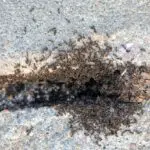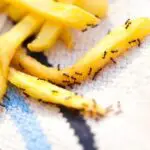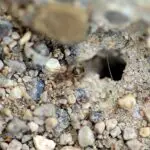How Do Ants Release Venom?
Despite being one of the most abundant groups of venomous organisms, the molecular complexity of ant venom has been largely unknown. In this article, we aim to provide an overview of the wide range of toxins present in ant venoms.
Aside from cytolytic activity, most ant venoms contain peptides that disrupt membranes. These peptides act on different kinds of cells and may help disinfect captured prey. They also have antimicrobial properties. They may also help defend the social immunity of ant colonies.
Alkaloids are also present in ant venoms. These alkaloids can be monocyclic, polycyclic, or tricyclic. They can be monoterpene hydrocarbons, alkylated pyrazines, or piperidines. They have been reported in a variety of ant groups, including stinging and non-stinging ants.
Most alkaloids in ant venoms are produced in the Dufour’s gland, which is an accessory organ attached to the venom gland. The Dufour’s gland produces non-toxic long-chain primary acetates.
Alkaloids in ant venoms tend to have the same basic structure. However, some species have evolved different chemical defenses. In addition to formic acid, acetic acid is also reported in venoms of Formicinae.
In addition to alkaloids, ant venoms have been reported to contain a variety of peptides, some of which are dimeric. These peptides are classified as ICK-like peptides. Unlike peptides from spiders, ants sting using a hollow delivery mechanism. The lancets move rapidly back and forth to inject venom. They form a hollow delivery mechanism and a round orifice surrounded by a fringe of hairs.








